If you are feeding your baby formula, you should know how to do it correctly and could probably use some formula tips. This includes proper amounts and how often. This is true if they are exclusively formula-fed or you are supplementing breastfeeding with formula.
Since becoming a new mom can be stressful, the last thing you should worry about is whether you are feeding your baby correctly or knowing enough about infant formula. As a mom of three, I have fed my babies differently and frequently used formula. Our formula tips should help keep you from becoming overwhelmed regarding feedings.
10 Formula Tips for New Moms
Here are my 10 formula tips that I highly recommend for new moms.
1. Buy Extra Bottles
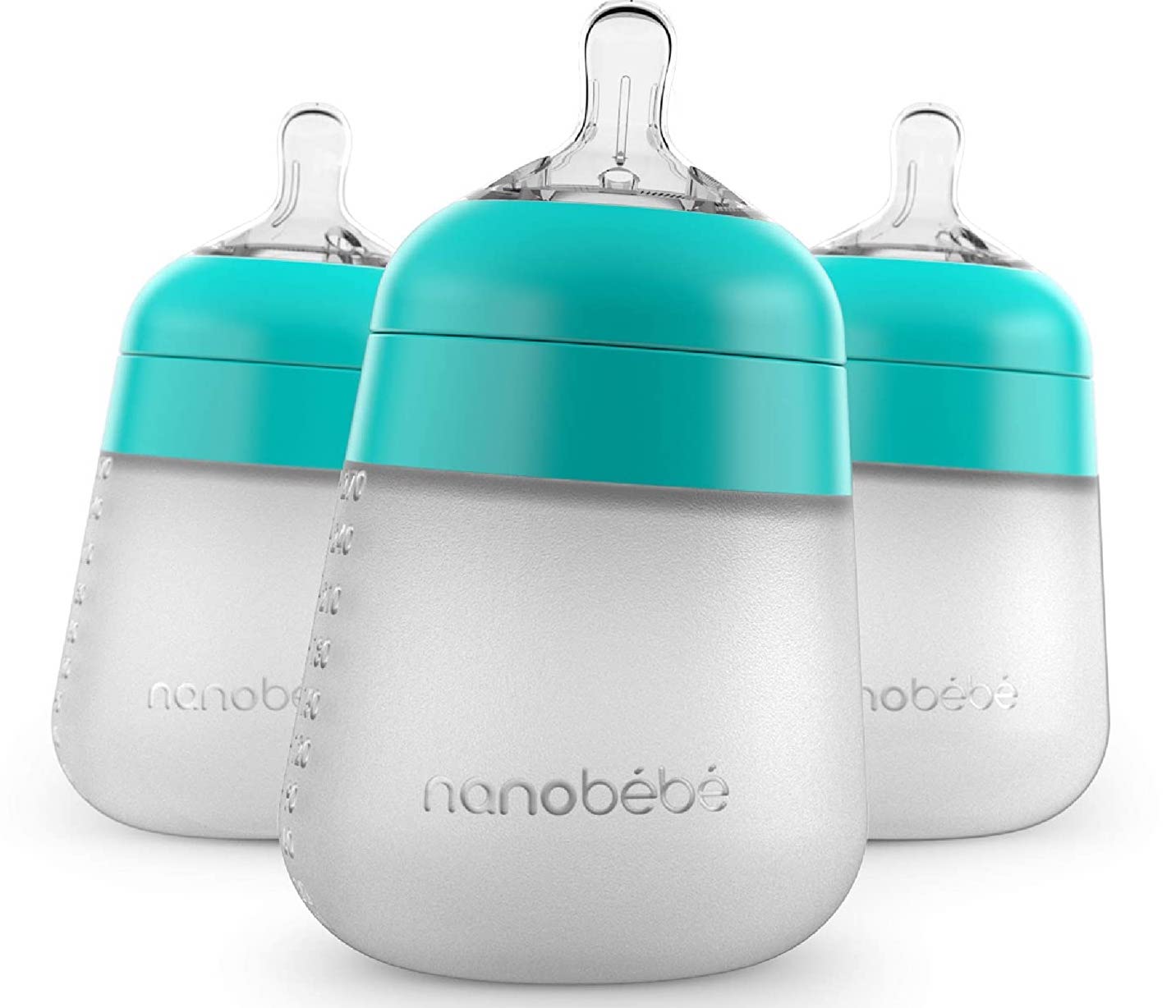
Buy Here
When it comes to baby bottles, there are a couple of things to consider. Not all babies love every type of bottle, so it’s normal to experience trial and error when finding the right one. So, for this formula tip, buy extra baby bottles in different sizes once you find the best bottle. This way, you can make bottles ahead of time and save time on washing them so frequently. Remember that you will feed your little one in the middle of the night for a while, so taking whatever shortcuts you can while you’re sleep-deprived is helpful.
2. Buy a Baby Brezza Formula Pro Advanced
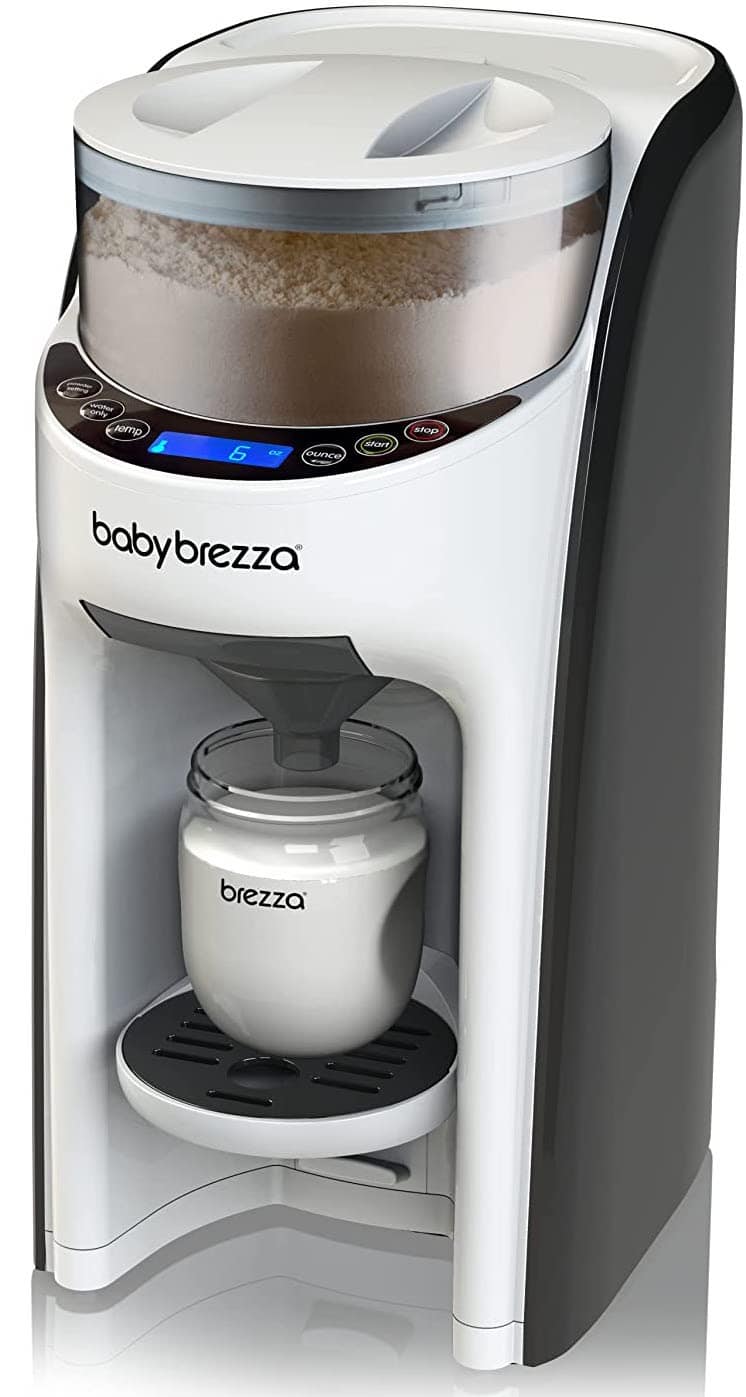
Buy Here
A Baby Brezza formula maker is a product I didn’t even consider when I had my first child. It dispenses the powder, mixes it, and heats it for you. It eliminates the extra work of fixing a bottle for your baby. You fill it with water and formula, and Baby Brezza does the rest. There are options for different size bottles, and it gives you the correct amount every single time. They even have a Baby Brezza Formula Pro Mini for families who have smaller spaces or want the same convenience while traveling. Plus, the brand makes other products, including warmers and sterilizers.
3. Take Burp Breaks

My formula-fed babies were very gassy; for this formula tip, try frequent burping. Burping in between drinking from their bottle is excellent for their tummy and minimizes spit-up. Most of the time, your little one will give you cues as to when it’s a good time to take a quick burp break. Traditional bottle-feeding lets babies drink at the same speed, but you can try paced bottle-feeding, which slows feeding to mimic breastfeeding more closely.
4. Buy a Formula Pitcher
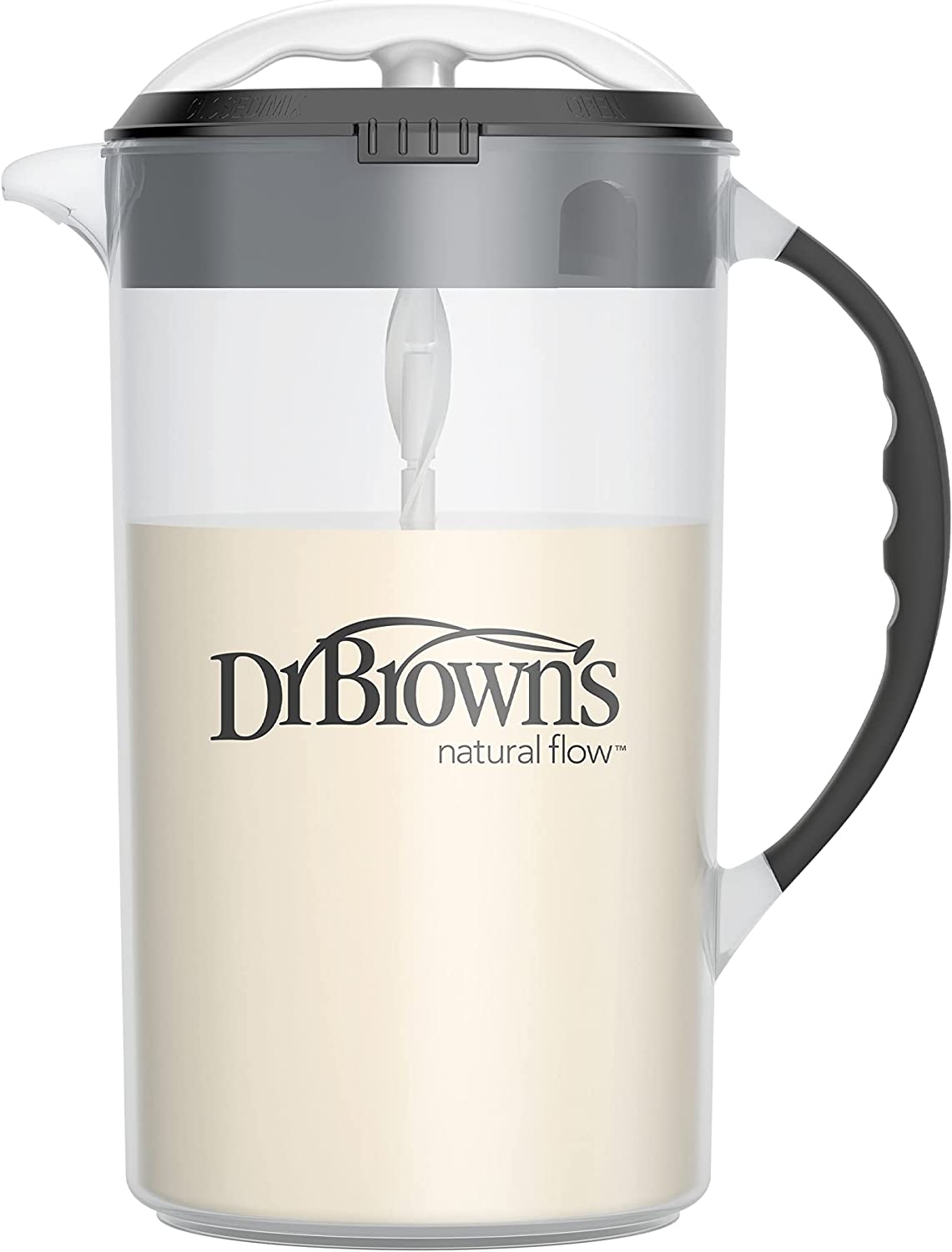
Buy Here
Prepared infant formula lasts in the refrigerator for up to 24 hours. So, for this formula tip, I recommend a formula pitcher if you have a small refrigerator or limited space. It makes mixing very easy; all you do is pour it into a bottle and warm it up when it’s time to feed.
5. Use a Warmer Instead of a Microwave
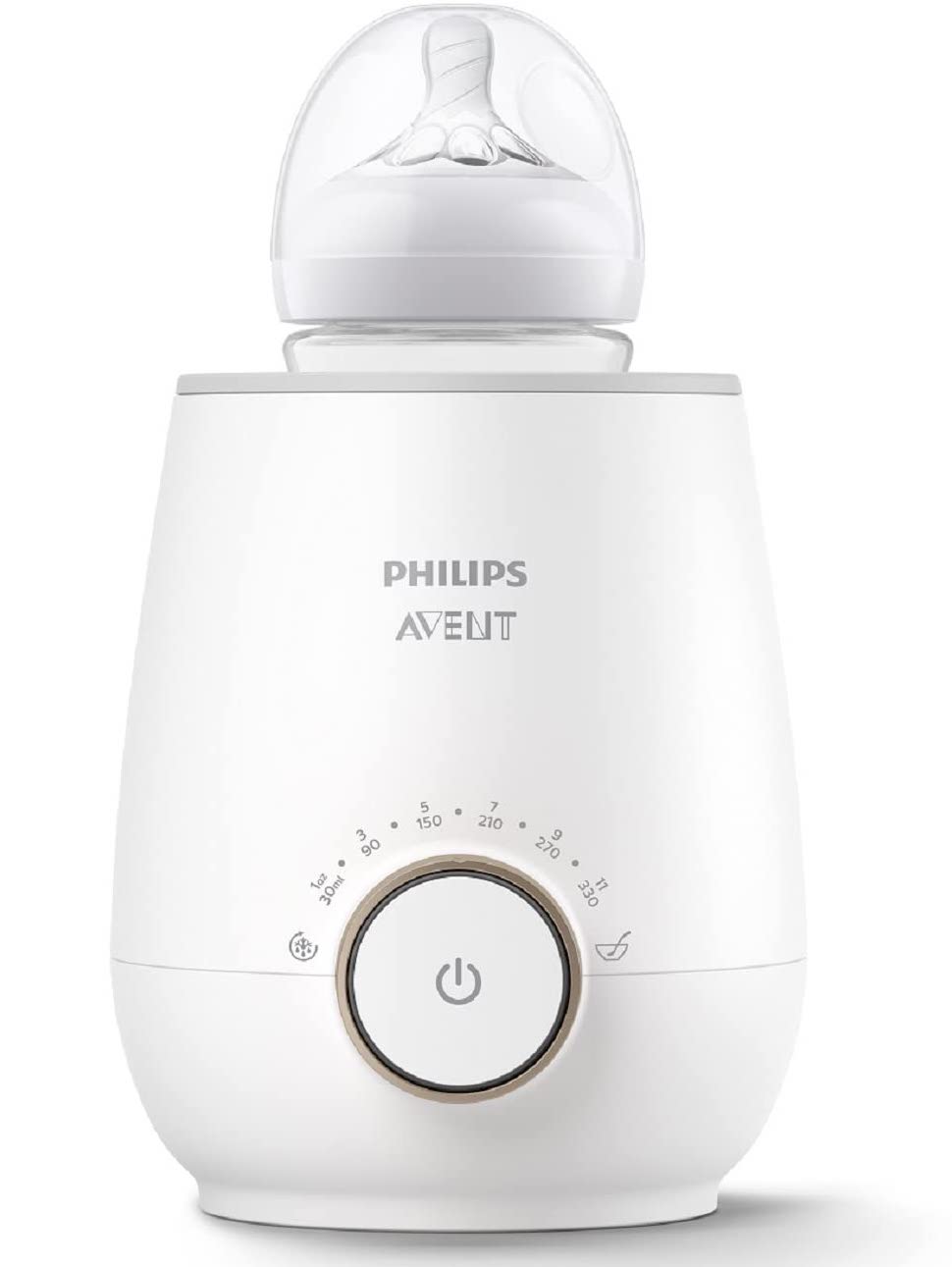
Buy Here
Never microwave the formula to heat it. Either buy a bottle warmer or submerge the bottle in hot water from the tap in a bowl or pot. Heating your baby’s formula in the microwave can lead to uneven heating, which causes hot spots. These can burn a baby’s throat or mouth.1
6. Use Exact Measurements
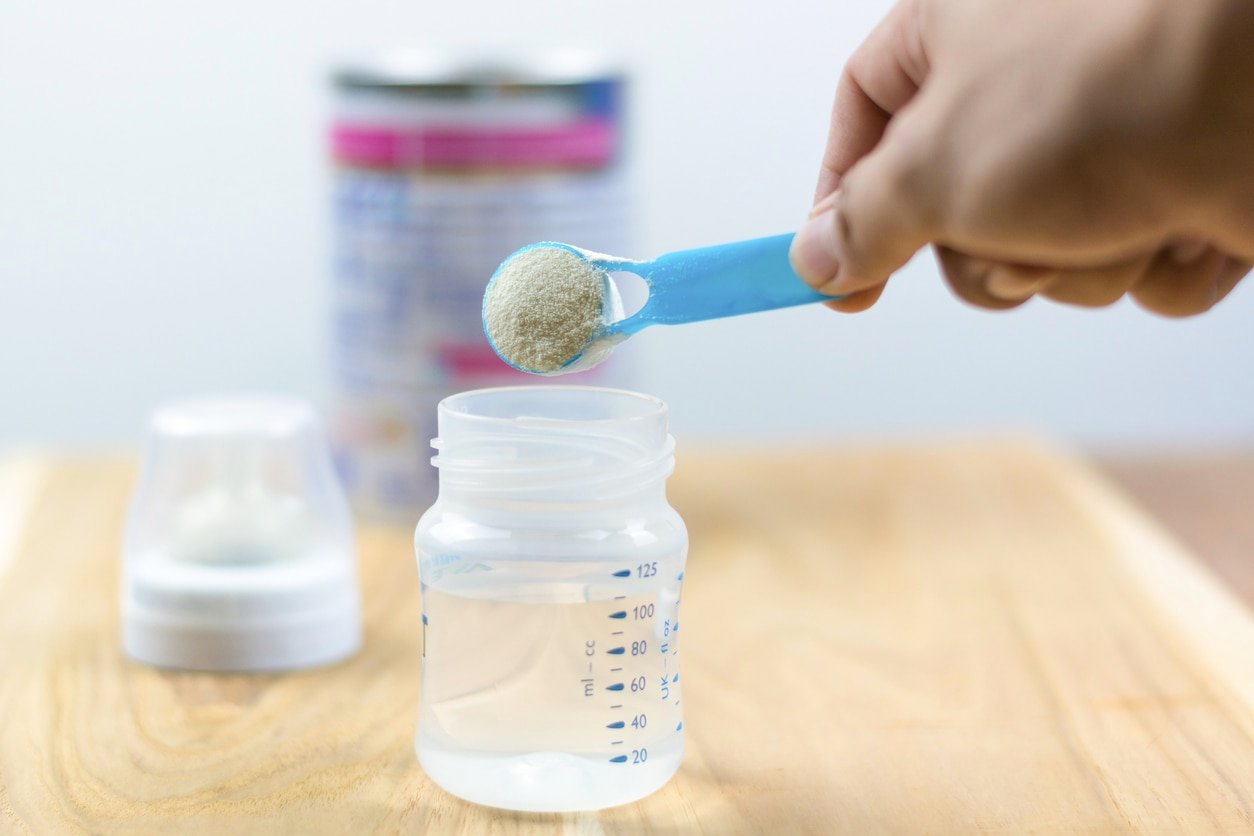
When mixing infant formula with water, it’s crucial that you follow the directions on the packaging. Never dilute the formula with extra water or use less water. Diluting formula can lead to an imbalance of minerals or a disturbance of electrolytes that your baby needs for healthy growth and development. Extra water can also lead to severe health conditions, such as seizures from an electrolyte imbalance.2
7. Pay Attention to the Nipples
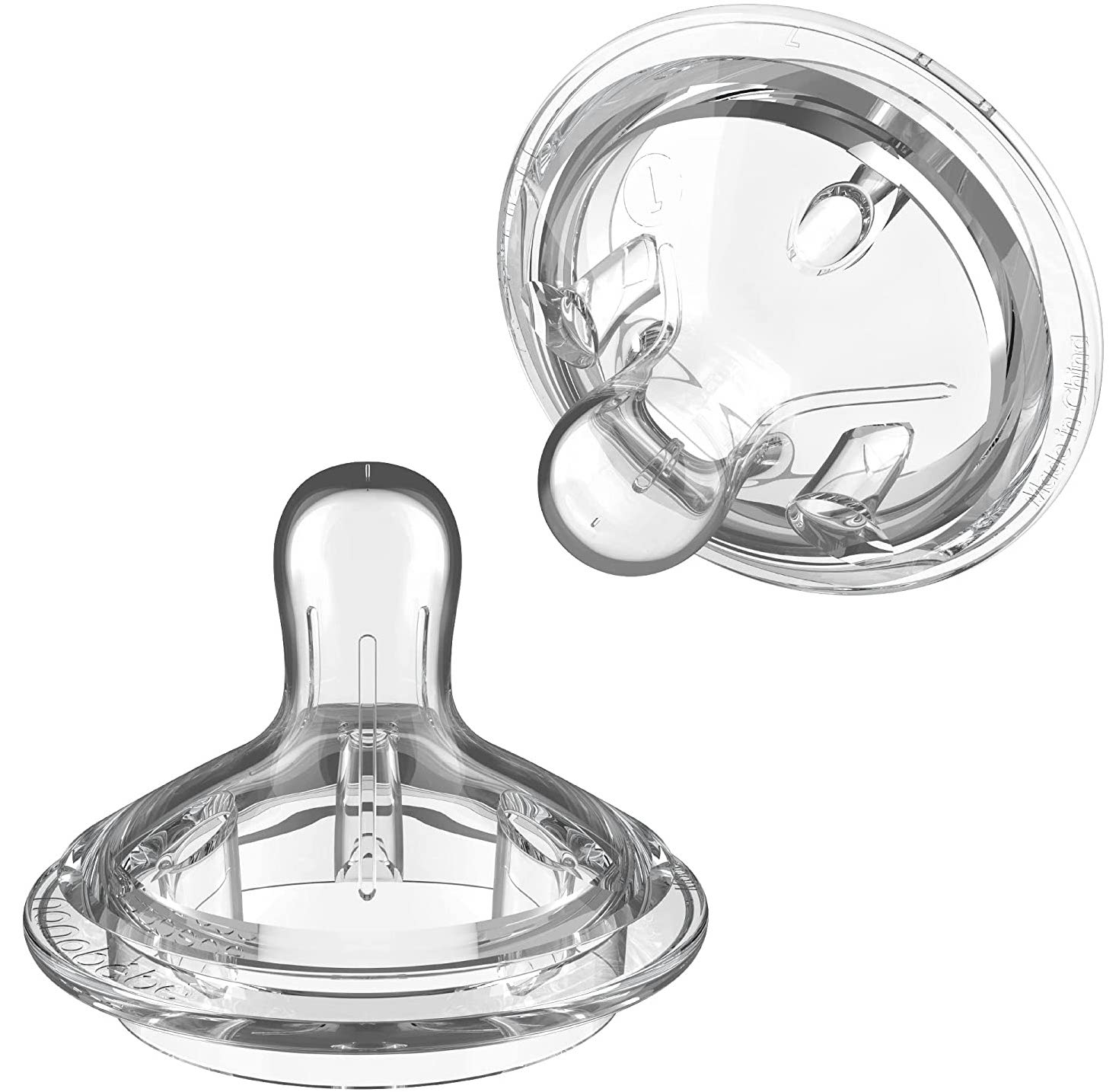
Buy Here
Believe it or not, the nipples used on the bottles matter. Many of them are marked with numbers for certain stages of infancy. This directly relates to the flow of the nipple. For this formula tip, remember that using a fast-flow nipple isn’t ideal for a newborn, and a slow-flow nipple might cause issues for an older baby. A faster flow can lead to gas, overfeeding, or reflux in newborns, while a slower flow in older babies may lead to gas because the baby tries to suck harder to get the formula out. Follow the recommendations provided by the bottle brand that you choose.3
8. Use Good Water
Most tap water is acceptable to use for formula feeding. However, infants under three months, those born prematurely, and those with weakened immune systems require pure water. It’s essential first to boil the water in preparation for usage in formula. If you like, you can also use filtered tap water or fluoride-free purified bottled water. Do not use hot water from the tap, as that can be too hot for the baby to consume. Always allow water to cool first.4
9. Learn Proper Storage

If you have a prepared bottle of formula, it is essential to know the best way to save it and when it is no longer safe for your little one. Bottles of infant formula must be used within two hours at room temperature or can be refrigerated for up to 24 hours. Past these times, dump it out and make a fresh bottle.5
10. Powdered Formula vs. Liquid Formula
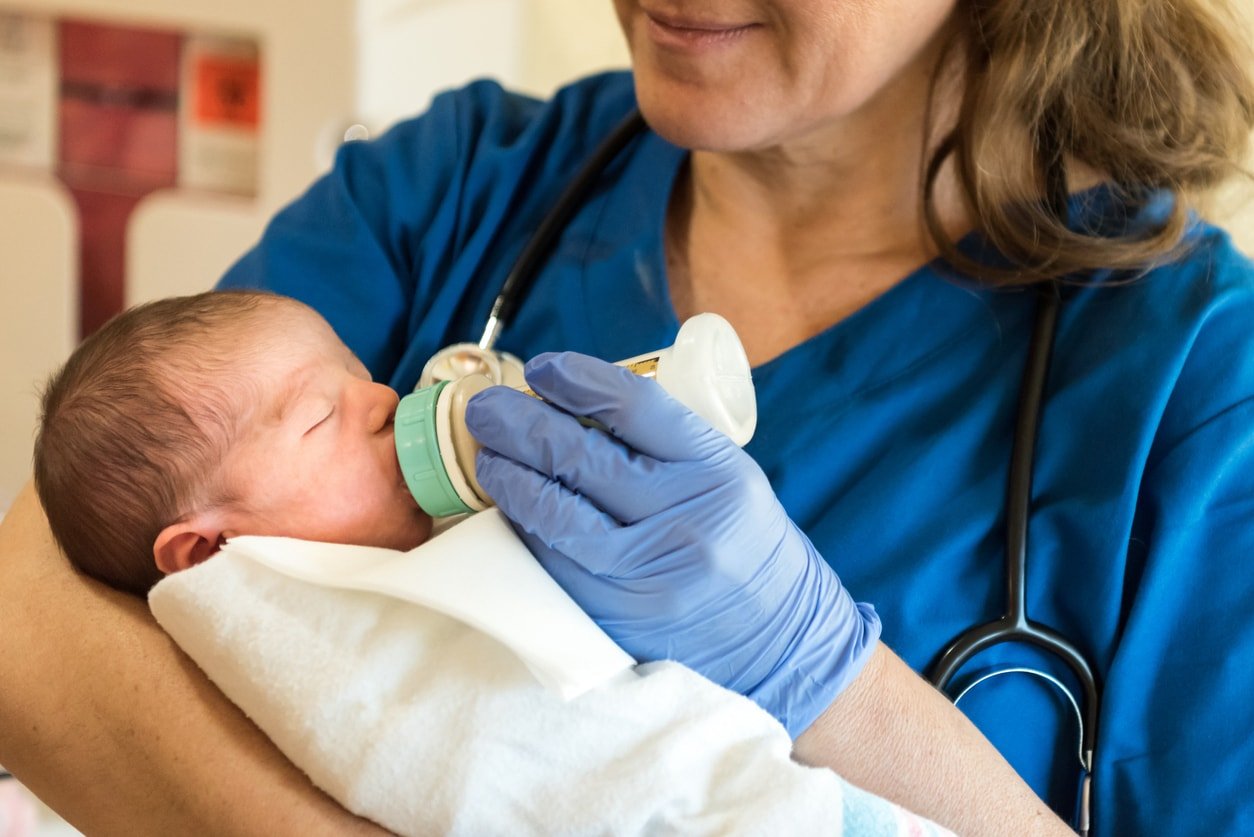
For this formula tip, you can buy powdered or ready-to-consume liquid formula. The liquid formula is made to be given to your baby as-is. You do not need to add water. Most of the time, it is ideal if you want to bring infant formula on the go. This type of formula must be consumed within one hour after the start of a feed or tossed. It is not recommended to refrigerate open liquid formula. Ready-to-feed bottles that hold more than one serving can be stored covered in the refrigerator for up to 48 hours. With powdered formula, they can last up to a month once opened.
11. Get PopYum Bottles
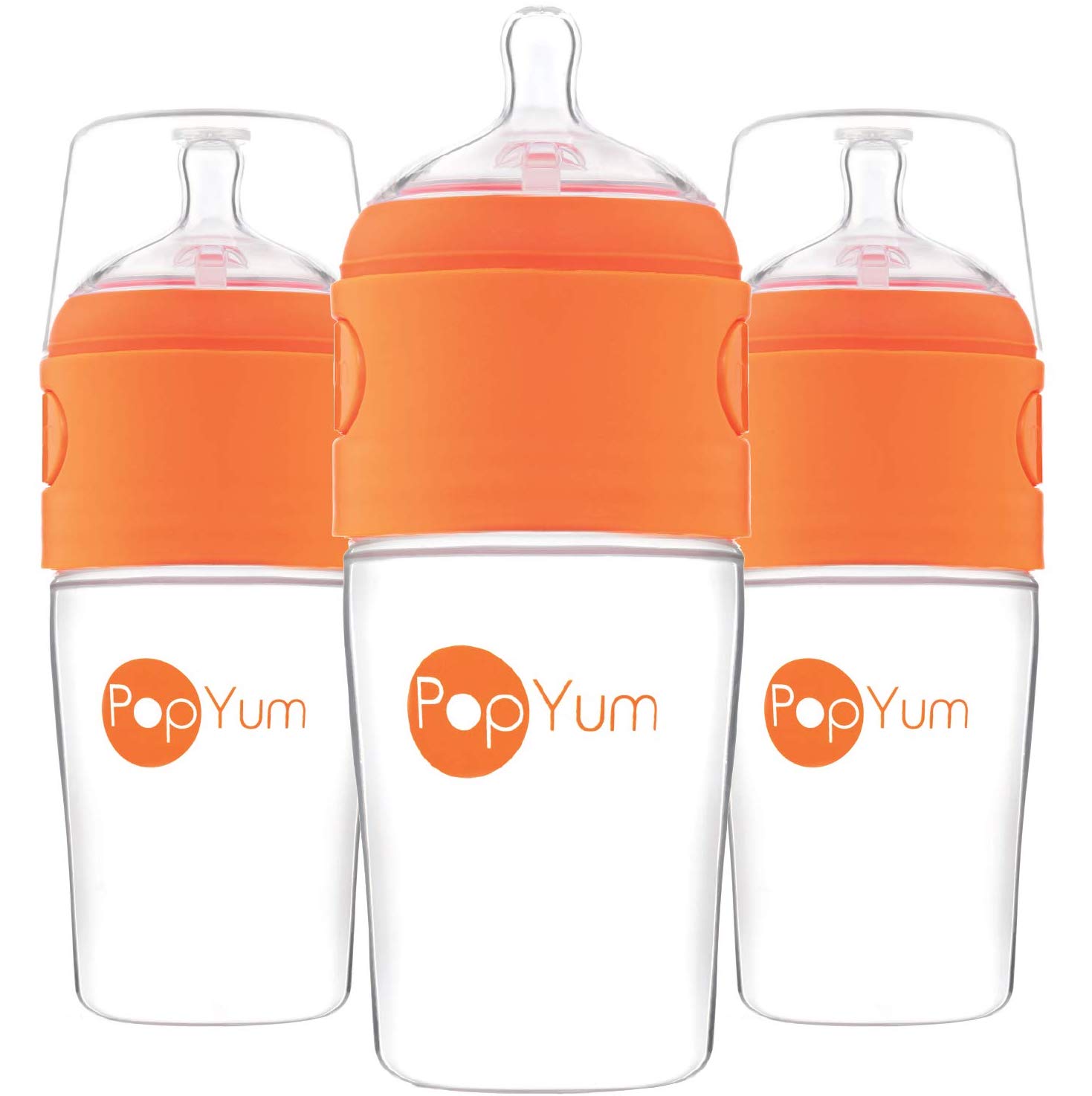
Buy Here
If you formula-feed your baby, a great bottle to have, especially when feeding on the go, is the PopYum bottle. This special bottle keeps the formula and water separated unit you are ready to mix and feed your baby. It’s extremely convenient and a game-changer for many families.
If you want to feed your baby formula, you must know exactly how to prepare it and use it for the health and safety of your baby. These formula tips are some of the most important things a new mom should know, and we hope they set you up for success during feedings!
Sources
1. https://www.fda.gov/
2. https://www.healthychildren.org/
3. https://www.nationwidechildrens.org/
4. https://www.healthychildren.org/2
5. https://www.cdc.gov/
This article contains affiliate links. These opinions are our own. However, if you buy something, we may earn a small commission, which helps us keep our content free to our readers. Check out our Chick Picks Shop to see more of our recommended products. It’s our carefully curated sIt’sof products we love and recommend! ❤️

 PARENTING TIPS
PARENTING TIPS PREGNANCY
PREGNANCY BABY CARE
BABY CARE TODDLERS
TODDLERS TEENS
TEENS HEALTH CARE
HEALTH CARE ACTIVITIES & CRAFTS
ACTIVITIES & CRAFTS

